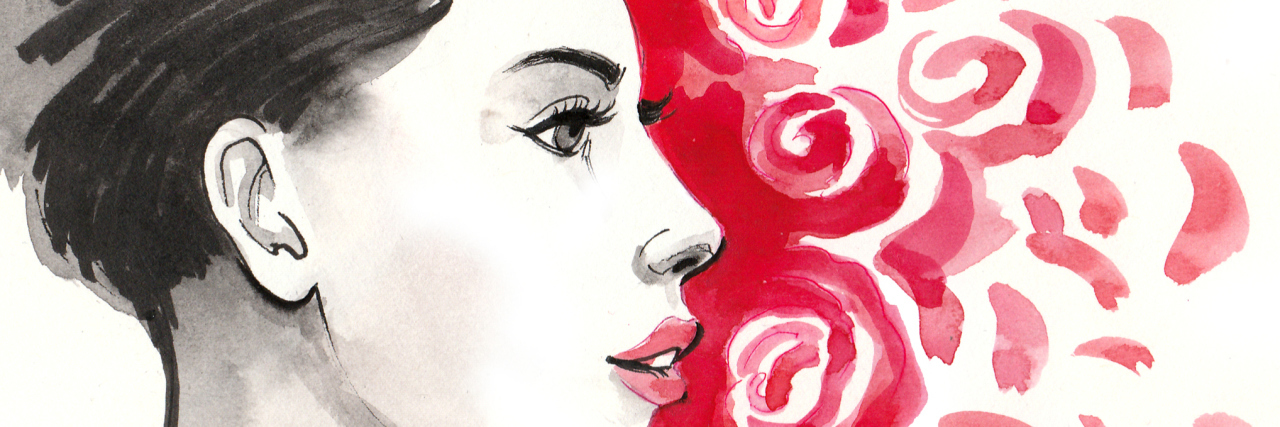Recovering from any mental illness is hard, especially when you are unsure of helpful techniques. I would love to share some ideas I found extremely beneficial through receiving cognitive behavioral therapy (CBT) for depressive disorder and generalized anxiety disorder (GAD).
For anyone wondering what this therapy is, it’s a combination treatment targeting the cognitive distortions involved with mental illness, as well as implementing behavioral changes at the same time. At first, I was very skeptical about this treatment, however I can honestly say it has been the most successful (yet challenging) one I have experienced.
In CBT, you learn new ways of dealing with unhelpful mindsets and behaviors. So my first strategy is:
1. Challenging negative thoughts
Although some people can challenge negative thoughts in their head, in therapy I learned that writing them down can be more successful (I am speaking for myself on that one). It starts by writing down a negative thought you currently have. For example, “I’m not strong enough to complete my degree” was a typical one of mine. The next step is to weigh up the pros and cons of the scenario. For example, “What are the positives for completing my degree? What are the negatives?” Create two columns. I used to find when writing them down, the pros would always outweigh the cons. After this, I would create a new more neutral (or even positive thought). For example, I might think, “I will be able to complete my degree.” I would then be able to look at the thought through a new, more helpful perspective.
2. Positive log
This is another writing exercise that helped me. I used to do this far more often than I do now, as I find I now have the positive mindset to do this in my head. Everyday I would write down a positive for the day, while ignoring any negatives. No matter how small or irrelevant it may seem, write it down! I used to write things down that may seem so trivial to others. For example, I would write “I went to a gym class on my own,” “I drove in the dark in an unknown area,” “I applied for jobs,” etc. At the end of the day, take that positive statement and create an “I am” or “I can” statement from it. For example, “I went to a gym class on my own — I am confident and brave.” This massively helped me with my anxiety and my depression too, as I could always see little positives no matter how bad of a day it was. I now have a notebook full of positive thoughts and “I am” and “I can” statements to look back on when I need them.
3. Self-soothe
Now this one is very important. There are five different types of self-soothe, each for the different senses — touch, taste, smell, feel and hear. I have self-soothe on the brain nowadays because for 10 months, it was hammered into my brain nonstop! Self-soothe comes under the category called distress tolerance. When we are feeling distressed, soothing ourselves is the best way to ground and calm down quickly. I have used (and still do use!) a variety of self-soothe activities including: painting my nails, exercising, bubble baths, scrapbooking, listening to music, etc. I built up a collection of self-soothe activities in CBT that I had previously neglected.
4. Balance
The most important thing I learned in therapy: balance. Everything in life needs to be balanced. I went into CBT with no life balance. Learning to balance social relationships (partner, family and friends), job, university work and exercise were my main categories. Everybody has different categories. What worked well for me was drawing a massive pie chart on a whiteboard and splitting it into sections depending on the amount of time in a week I wanted to allocate to each piece of the pie. It was this visual aid that made me realize my life lacked balance and something needed to change.
I really hope these tips are useful to at least one person. There are plenty more useful techniques you can use to stay on top of your mental health but these are definitely my main four.
Lastly, remember that if you are facing hard times, you really do have the power to turn this around.

We want to hear your story. Become a Mighty contributor here.
Lead Thinkstock photo via berdsigns.

